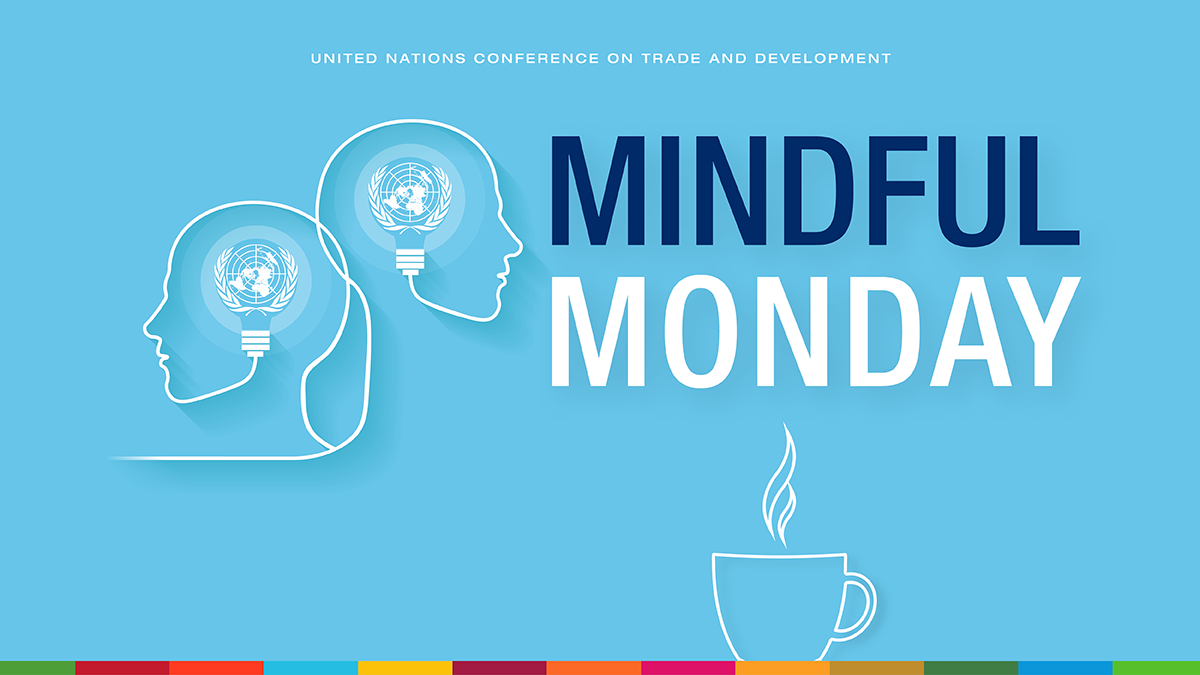By Isabelle Durant, Acting Secretary-General of UNCTAD

Time for producing countries to seize economic benefits, address social and environmental concerns
UNCTAD’s report, Commodities at a glance: Special issue on strategic battery raw materials, documents the growing importance of electric mobility and the main materials used to make rechargeable car batteries. As UNCTAD experts have been asked to testify at a hearing of the US Senate on innovative transportation technologies tomorrow, 16 March, it is timely to stress the two important recommendations of the report.
The study indicates that the bulk of the value added to raw materials used in making rechargeable batteries is generated outside the countries that produce them. The demand for lithium and cobalt, two key commodities used in the manufacturing of rechargeable batteries, is set to rise much further; this will open more trade opportunities for the countries that supply these materials. It is therefore important for these countries to develop their capacity to move up the value chain and receive the associated benefits of primarily owning these resources and then transforming them.
Electric car sales have boomed in recent years with the worldwide market for lithium-ion battery, the most common rechargeable car battery estimated at $7 billion in 2018 and is expected to reach $58.8 billion by 2024, according to the report.
Reserves of raw materials used for car batteries are highly concentrated in a few countries. Nearly 50% of world cobalt reserves are in the Democratic Republic of the Congo (DRC), 58% of lithium reserves are in Chile, 80% of natural graphite reserves are in China, Brazil and Turkey, while 75% of manganese reserves are in Australia, Brazil, South Africa and Ukraine.
As an example, the value added to cobalt ores by the DRC is limited to intermediate products or concentrates. Further processing and refining are mostly done in refineries in Belgium, China, Finland, Norway and Zambia to obtain the end products used in rechargeable batteries as well as for other applications. The DRC, which accounts for over two-thirds of global cobalt production, has not maximized the economic benefits of the mineral due to limited infrastructure, technology, logistical capacity, financing and lack of appropriate policies to encourage local value addition.
The second important recommendation from the report that we wish to highlight is the urgent need to address the social and environmental impacts of the extraction of raw materials for car batteries.
For instance, about 20% of cobalt supplied from the DRC comes from small-scale mines where child labour and human rights abuses have been reported. While in Chile, lithium mining uses nearly 65% of the water in the country’s Salar de Atamaca region, one of the driest desert areas in the world, to pump out brines from drilled wells. This has caused groundwater depletion and pollution, forcing local quinoa farmers and llama herders to migrate and abandon ancestral settlements. It has also contributed to environment degradation, landscape damage and soil contamination.
If we want the growth in sales of electric cars to be good news for the environment, we must make sure the surge in mining for minerals poses no risk to the environment and benefits, rather than hurts, the local communities where the mines are located.
Further information on these two recommendations and more can be found in the study.


